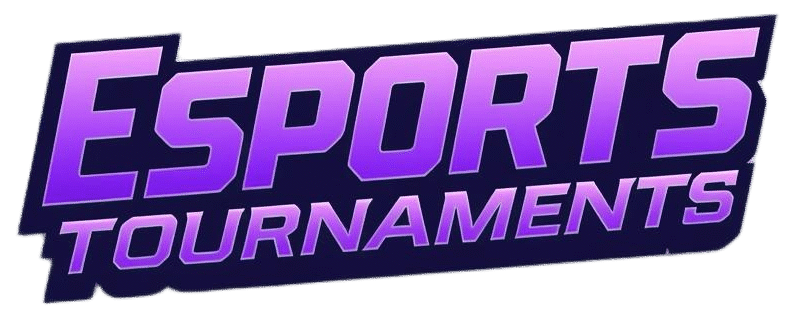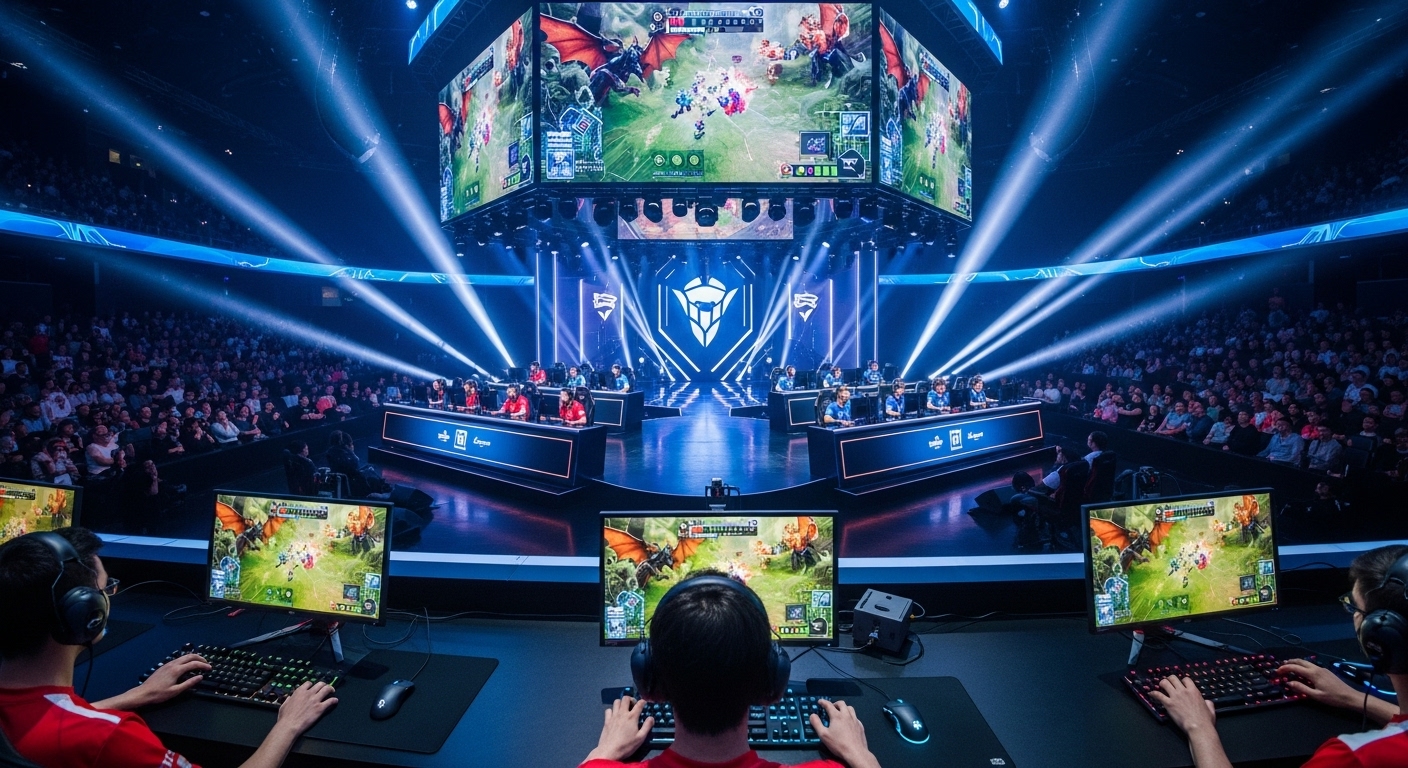In competitive gaming, the term “meta” refers to the most effective strategies, character picks, and gameplay approaches at any given time. The meta is constantly evolving due to game updates, patches, balance changes, and shifts in player innovation. Success in esports doesn’t just depend on mechanical skill — it requires adaptability. The best players are those who can quickly understand and exploit the current meta while anticipating future changes.
This blog explores how players adapt to meta changes, including strategies for learning, practicing, and thriving in a constantly evolving competitive environment.
Understanding the Meta
The meta is essentially the strategic landscape of a game. It encompasses:
- Character or Hero Selection: Certain characters or heroes may be stronger after a patch.
- Weapon or Item Choices: Optimal loadouts or item builds can shift depending on balance adjustments.
- Map Control and Positioning: Specific map strategies may become more or less viable.
- Team Composition and Roles: Synergies between players and characters are influenced by meta trends.
Players who fail to adapt risk being outperformed, even if their individual skill is high. Understanding the meta requires both awareness of updates and observation of competitive trends.
1. Staying Informed on Updates and Patch Notes
The first step in adapting to a meta change is understanding it. Developers frequently release patches that modify character abilities, weapon stats, map layouts, or game mechanics.
- Patch Analysis: Top players and teams analyze patch notes to determine which strategies are strengthened or weakened.
- Community Insights: Forums, professional streams, and content creators often provide early assessments of meta shifts, helping players identify trends.
- Statistical Review: Players review win rates, pick rates, and pro match outcomes to quantify meta shifts.
Staying informed allows players to prioritize what to practice and which strategies to adopt.
2. Observing Professional Play and Competitions
Competitive players learn from watching others. Observing professional matches provides insight into how the meta is evolving in high-level play.
- Replay Analysis: Players watch replays to study hero picks, rotations, and tactics used by top teams.
- Identifying Patterns: Successful strategies often emerge quickly in pro play. Adapting players identify recurring patterns that can be applied in their own games.
- Counter-Strategies: By observing the meta in action, players can develop counters to popular strategies before others do.
Learning from the pros accelerates adaptation and prevents players from falling behind in the meta race.
3. Practice and Experimentation
Understanding the meta theoretically is only half the battle — execution requires practice. Players spend hours experimenting to integrate meta changes into their playstyle.
- Custom Games and Scrims: Teams simulate competitive scenarios to test new strategies or hero combinations.
- Trial and Error: Players experiment with different approaches, refining their techniques based on feedback and results.
- Flexibility Training: Adapting players practice multiple roles or characters to ensure versatility when the meta shifts.
This experimentation builds confidence and ensures that players can execute meta strategies under pressure.
4. Communication and Team Coordination
In team-based games, adaptation is a collective effort. Even if individual players understand the meta, success depends on coordination.
- Strategic Discussions: Teams analyze how meta changes impact their preferred playstyle and develop coordinated plans.
- Role Adjustment: Players may switch roles or responsibilities based on strengths, weaknesses, or meta shifts.
- In-Game Communication: Effective communication ensures quick adaptation during matches, allowing teams to adjust strategies dynamically.
Teams that adapt cohesively often outperform individually skilled players who struggle to coordinate within the new meta.
5. Mental Flexibility and Mindset
Adapting to meta changes requires more than mechanical skill — it requires mental flexibility. Players must embrace uncertainty and remain willing to learn new strategies.
- Growth Mindset: Accepting that old strategies may no longer work encourages experimentation and learning.
- Resilience: Losing streaks are common when the meta shifts. Top players maintain confidence while refining strategies.
- Analytical Thinking: Players evaluate performance objectively, identifying mistakes and adjusting strategies rather than relying on instinct alone.
A flexible mindset allows players to stay competitive even when major balance changes disrupt familiar gameplay.
6. Leveraging Analytics and Data
Data plays a critical role in adapting to meta changes. Players and teams use analytics to understand trends and measure the effectiveness of new strategies.
- Performance Metrics: Tracking win rates, kill/death ratios, and objective control provides insight into which strategies work.
- Map Analysis: Heatmaps and positional data help players identify optimal rotations and positioning under the new meta.
- Opponent Study: Data analytics reveal how other teams are exploiting the meta, enabling players to prepare counters.
By combining data with observation and practice, players can adapt faster and more effectively than relying on intuition alone.
7. Innovation and Meta Manipulation
The best players don’t just follow the meta — they shape it. Innovative strategies can redefine what is considered optimal.
- Creative Approaches: Players may discover unexpected hero picks, weapon combinations, or map strategies that outperform conventional choices.
- Risk vs. Reward: Meta-defying strategies carry risk but can catch opponents off guard.
- Trendsetting: Successful innovation often spreads, influencing the broader competitive scene and creating a new meta.
Players who innovate establish reputations as trendsetters, giving them a psychological edge over competitors.
8. Adapting to Regional Differences
Meta adoption can vary by region. Strategies that dominate in one country may be less common in another due to playstyle preferences or team composition.
- Regional Study: Players competing internationally must analyze how different regions approach the meta.
- Adaptation During Tournaments: Quick adjustments are required to counter unfamiliar regional strategies.
- Cross-Regional Scrims: Many top teams scrim international opponents to prepare for major tournaments and adapt to diverse meta interpretations.
Awareness of regional differences enhances a player’s ability to remain competitive on a global stage.
9. Timing and Patience in Meta Adaptation
Not all meta shifts require immediate changes. Sometimes, patience and selective adoption lead to better outcomes.
- Gradual Integration: Slowly incorporating meta changes allows players to maintain stability while experimenting.
- Wait for Community Consensus: Observing how professional teams handle the meta can provide valuable insights before committing fully.
- Selective Adoption: Some meta strategies may work only in specific scenarios; skilled players know when and where to apply them.
Timing can be as important as technical skill in successfully adapting to meta changes.
10. Continuous Learning and Evolution
Adaptation is an ongoing process. The meta is never static, and top players embrace continuous learning as part of their competitive approach.
- Regular Analysis: Players review recent matches, patch notes, and community trends.
- Skill Diversification: Developing proficiency across multiple roles, heroes, or strategies ensures resilience against future meta shifts.
- Mentorship and Collaboration: Experienced players often mentor teammates, sharing insights to accelerate collective adaptation.
The most successful players treat meta adaptation as a core skill rather than a temporary challenge.
Conclusion
In esports, the meta is a living, evolving landscape. Winning requires more than mechanical talent — it demands strategic awareness, adaptability, and a willingness to innovate. Top players succeed because they stay informed, practice rigorously, communicate effectively, and maintain a flexible mindset.
Adapting to meta changes is a continuous process of learning, experimentation, and evolution. Those who master it not only survive balance changes but often define the competitive landscape for others. In the fast-paced world of esports, the ability to adapt is just as important as raw skill, making meta mastery a defining characteristic of champions.




